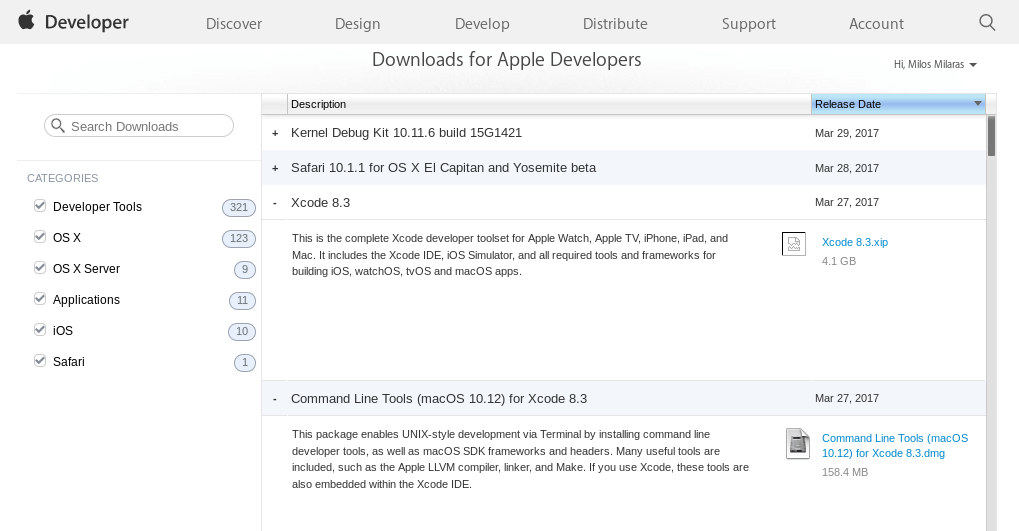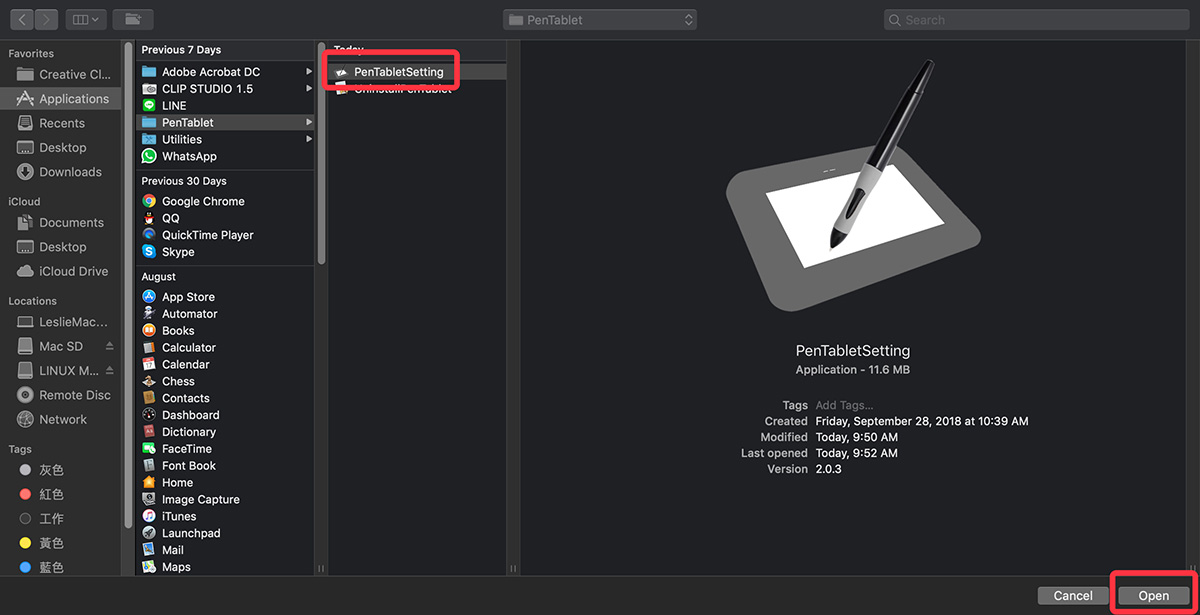Set Ci Up For Mac
If you're using a Mac with the Apple T2 Security Chip, Startup Security Utility offers three features to help secure your Mac against unauthorized access: Firmware password protection, Secure Boot, and External Boot.
Open Startup Security Utility
You can set up your Business Email in Apple® Mail on your Mac computer. Open Apple Mail. Your next step depends on if you have already set up an email account, or not. If you have already set up an email account, click the Mail menu, and select Add Account. If you haven't set up an account, skip to the next step. In most cases, you should then see Using DHCP in the Configure IPv4 pop-up menu, along with your Mac’s IP address, subnet mask, router, DNS server, and search-domain information.
- Turn on your Mac, then press and hold Command (⌘)-R immediately after you see the Apple logo. Your Mac starts up from macOS Recovery.
- When you're asked to select a user you know the password for, select the user, click Next, then enter their administrator password.
- When you see the macOS utilities window, choose Utilities > Startup Security Utility from the menu bar.
- When you're asked to authenticate, click Enter macOS Password, then choose an administrator account and enter its password.
First, click the Apple logo in the top left corner of your Mac Desktop and select System Preferences, then select Extensions in the top-level menu (shown in the 3rd row from the top). Toggle on the OneDrive.
Set a firmware password
You can use a firmware password to prevent anyone who doesn't have the password from starting up from a disk other than your designated startup disk. To set a firmware password in Startup Security Utility, click Turn On Firmware Password, then follow the onscreen instructions. Learn more about firmware passwords.
You can also change your external boot setting to prevent even those who know the firmware password from starting up from external media.
Change Secure Boot settings
Use these settings to make sure that your Mac always starts up from a legitimate, trusted operating system.
Full Security
Full Security is the default setting, offering the highest level of security. This is a level of security previously available only on iOS devices.



During startup, your Mac verifies the integrity of the operating system (OS) on your startup disk to make sure that it's legitimate. If the OS is unknown or can't be verified as legitimate, your Mac connects to Apple to download the updated integrity information it needs to verify the OS. This information is unique to your Mac, and it ensures that your Mac starts up from an OS that is trusted by Apple.
If FileVault is enabled while your Mac is attempting to download updated integrity information, you're asked to enter a password to unlock the disk. Enter your administrator password, then click Unlock to complete the download.
If the OS doesn't pass verification:
Set Ci Up For Mac Pro
- macOS: An alert informs you that a software update is required to use this startup disk. Click Update to open the macOS installer, which you can use to reinstall macOS on the startup disk. Or click Startup Disk and choose a different startup disk, which your Mac will also attempt to verify.
- Windows: An alert informs you that you need to install windows with Boot Camp Assistant.
If your Mac can't connect to the Internet, it displays an alert that an Internet connection is required.

- Check your Internet connection, such as by choosing an active network from Wi-Fi status menu in the menu bar. Then click Try Again.
- Or click Startup Disk and choose a different startup disk.
- Or use Startup Security Utility to lower the security level
Medium Security
During startup when Medium Security is turned on, your Mac verifies the OS on your startup disk only by making sure that it has been properly signed by Apple (macOS) or Microsoft (Windows). This doesn't require an Internet connection or updated integrity information from Apple, so it doesn't prevent your Mac from using an OS that is no longer trusted by Apple.
If the OS doesn't pass verification:
- macOS: An alert informs you that a software update is required to use this startup disk. Click Update to open the macOS installer, which you can use to reinstall macOS on the startup disk. This requires an Internet connection. Or click Startup Disk and choose a different startup disk, which your Mac will also attempt to verify.
- Windows: An alert informs you that you need to install windows with Boot Camp Assistant.
No Security
No Security doesn't enforce any of the above security requirements for your startup disk.

Set Ci Up For Mac High Sierra
Change External Boot settings
Use this feature to control whether your Mac can start up from an external hard drive, thumb drive, or other external media. The default and most secure setting is ”Disallow booting from external media.” When this setting is selected, your Mac can't be made to start up from any external media. Attempting to do so will cause your Mac to display a message that your security settings do not allow this Mac to use an external startup disk.
Set Ci Up For Mac Shortcut
To allow your Mac to use an external startup disk:
- Open Startup Security Utility.
- Select ”Allow booting from external media.”
Your Mac doesn't support booting from network volumes, whether or not you allow booting from external media. - If you want to select an external startup disk before restarting your Mac, quit Startup Security Utility, then choose Apple menu > Startup Disk.
